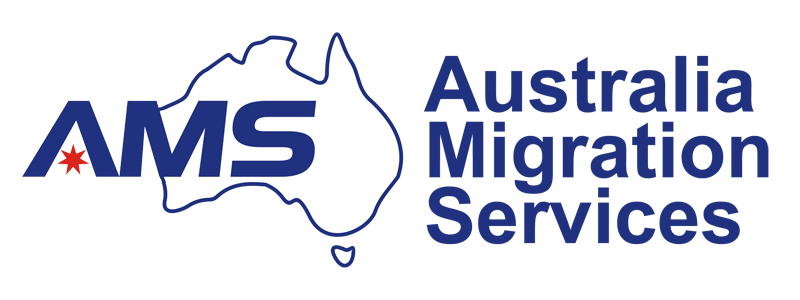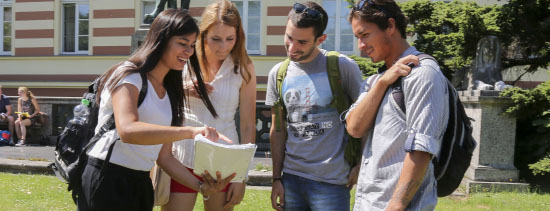Australia’s unemployment rate has been skyrocketing and has already reached a staggering 7.1 per cent. This is the highest level of unemployment since September 2015, with seasonally adjusted employment falling by 594,300 in April as the economic shock of the coronavirus pandemic cut a swathe through the labour market. This is mainly due to the unavailability of jobs as a result of the coronavirus lockdowns, where over 200,000 workers are already unemployed. The Australian Bureau of Statistics (ABS) reported that between March and April, full-time employment decreased by 220,500 and part-time employment by 373,800 – which is the period where governments locked down non-essential businesses to slow the spread of Covid-19.
Unemployment increased by 104,500 people to 823,300, and the measure of total hours worked fell by more than 9% between March and April. According to ABS, the indicators taken together show that around 2.7 million people, or one in every five person employed in March, either left employment or had their hours reduced between March and April. People on the jobkeeper payment were classified as employed in these measures, even if they were effectively stood down, so the real unemployment rate was significantly higher than the number mentioned.
Treasury is forecasting that unemployment will peak at 10%. More than six million people are on the jobkeeper wage subsidy and more than a million are on unemployment benefits, known as jobseeker, which has been effectively doubled during the crisis. The government says mutual obligation requirements have been suspended until 1 June.
The Australian government has revealed that border closures are costing them nearly 5000 jobs a week and $84 million a day, and as such, Prime Minister Scott Morrison has been looking to further ease border restrictions and allow interstate travel.
Considering these shocking figures, the government is eager to bring in hundreds of foreign university students next month, but warns other international travellers would not be allowed in the country any time soon. Tertiary institutions such as the University of Canberra and the Australian National University have revealed that they will be flying in 350 students in July as part of a pilot program backed by the A-C-T and federal governments. According to University of Canberra vice-chancellor, Paddy Nixon, the pilot program would be important for Australia’s entire higher education sector.
The international student sector has taken a major economic hit due to COVID-19, between 3-billion and 4.8 billion dollars this year alone, and so it does make sense that this ‘plan’ should proceed without hesitation.
What does this mean for you?
For many aspiring migrants who are overseas, this ‘plan’ is an opportunity to set your foot in the door in a well-established nation where education and career prospects have been well defined. Numerous international students have also gone on to persue careers through the help of our recruitment team where many have found long-term jobs with sponsorship – particularly permanent residency.





